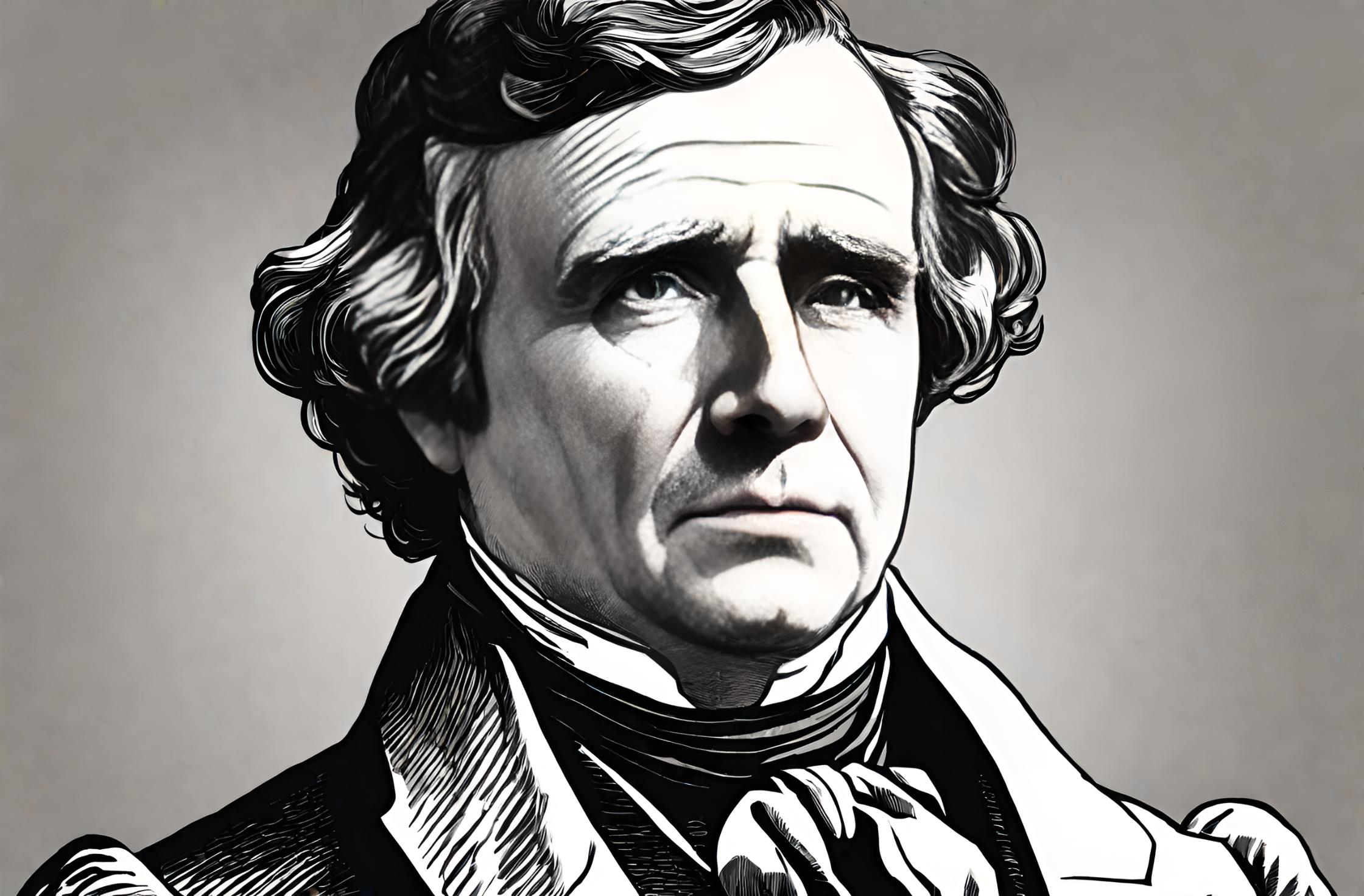Flashback to July 14
American History

On May 10, 1829, the world lost a brilliant mind and a true Renaissance man. Thomas Young, an English physicist and polymath, passed away at the age of 55. Young’s contributions to various fields, including physics, optics, linguistics, and Egyptology, have left an indelible mark on our understanding of the world.
Born on June 13, 1773, in Milverton, Somerset, Young displayed exceptional intelligence and curiosity from a young age. He completed his medical studies at the University of Edinburgh in 1796, and subsequently embarked on a multifaceted career that would make him one of the most influential thinkers of his time.
Young’s pioneering work in physics and optics laid the foundation for our modern understanding of light and color. His most significant contribution in this field was his wave theory of light, which challenged the accepted belief that light was composed of particles. Young’s experiments with diffraction and interference demonstrated that light behaved as a wave, leading to the principle of superposition and the concept of wave interference that forms the basis of modern physics.
In addition to his groundbreaking work in physics, Young also made significant contributions to the field of linguistics. He was known for his work in deciphering ancient scripts and was instrumental in the decipherment of the Egyptian hieroglyphics. Young used his knowledge of languages and his understanding of phonetics to unlock the mysteries of the ancient Egyptian writing system. His work paved the way for further discoveries and laid the foundation for the field of Egyptology.
Young’s interdisciplinary approach and his ability to excel in multiple fields made him a true polymath. His insights and discoveries in various disciplines, including medicine, physiology, music, and mechanics, earned him widespread recognition and respect among his peers. Young’s work demonstrated the interconnectedness of different fields of study and the importance of cross-disciplinary collaboration in advancing scientific knowledge.
Despite his many achievements, Young’s work was not always met with immediate acceptance. His wave theory of light initially faced skepticism from some of his contemporaries, who adhered to the particle theory of light put forward by Isaac Newton. However, Young’s experiments and mathematical calculations eventually won over the scientific community, and his wave theory became widely accepted.
Young’s legacy lives on in the many scientific principles and concepts that bear his name. The Young’s modulus, Young’s equation, and Young’s interference experiment are just a few examples of the enduring impact of his work. His contributions continue to shape our understanding of the natural world and inspire new generations of scientists.
Thomas Young’s untimely death in 1829 was a loss for the scientific community and the world at large. His insatiable curiosity, unparalleled intellect, and ability to connect seemingly disparate disciplines made him an exceptional thinker and a true genius. Today, we remember and honor his contributions to science and his relentless pursuit of knowledge. Thomas Young’s legacy serves as a reminder of the power of interdisciplinary thinking and the importance of challenging established beliefs in the pursuit of truth.
We strive for accuracy. If you see something that doesn't look right, click here to contact us!
Sponsored Content

President Franklin Pierce opens…
On July 14, 1853,…

US Treasury begins removing…
On July 14, 1967,…

Lieutenant Colonel Oliver North…
Lieutenant Colonel Oliver North's…

Tape measure enclosed in…
On July 14, 1868,…

The central region of…
On 7/14/1954, the central…

First American national monument…
"Learn about the historic…

